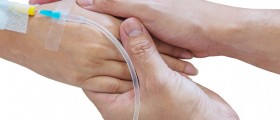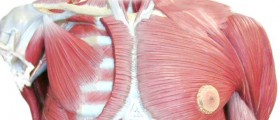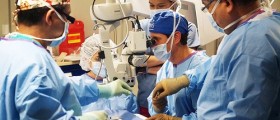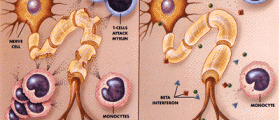
Foot drop is a term that refers to problems associated with lifting the front part of the foot. Namely, such individuals cannot lift their toes and distal part of the foot at all, or they can do this to a certain extent but not completely. Foot drop is not a medical condition per se. Instead it represents only a consequence of other diseases. Some of them are neurological while others reflect damage to muscles and other structures in the foot. The problem may be only transient or permanent, when an individual end up with severe disability and difficulty walking.
What Causes Foot Drop?
Weakness of foot and lower leg muscles or paralysis of nerves that innervate them are two main causes of foot drop. It is also possible for these two problems to overlap and even include certain anatomical deformities (congenital or acquired).
Any damage of muscles in charge with control of the foot movement may result in foot drop. They can get damaged due to some injury or trauma or because of some diseases such as muscular dystrophy, compartment syndrome etc. Nerve damage occurs in similar manner. Damage may directly affect the terminal parts of the nerves innervating the foot and lower leg muscles or it occurs in the lumbar spinal roots. Foot drop is also possible in patients suffering from central nervous system disorders such as amyotrophic lateral sclerosis, multiple sclerosis and stroke.Diagnosing Foot Drop
It is not so hard to diagnose foot drop. The problem can be easily confirmed with a physical exam. However, there is a need for several more tests and exams which will reveal the underlying cause of the problem. Neurological examination, MRI (magnetic resonance imaging) as well as EMG (electromyography) are three essential exams performed in all patients suffering from foot drop.
Treatment for Foot Drop
The doctor opts for the most suitable treatment for foot drop once he/she sets the diagnosis of the underlying condition. Sometimes the problem completely withdraws, while certain number of people end up with permanent foot drop.
There are several specific treatments for foot drop including braces/splints, physical therapy, nerve stimulation and surgery. Normal position of the foot is obtained with a brace or splint. Physical therapy is of major importance for strengthening of the affected muscles. It also restores the desirable range of motion. Nerve stimulation is performed in case of previous nerve damage (e.g. in patients who have had a stroke). Finally, surgery is left only for patients suffering from permanent foot drop. The procedure includes fusion of the ankle and foot bones and transfer of tendons to stronger leg muscles. This results in improvement of walking difficulty.

















Your thoughts on this
Loading...